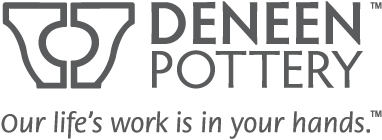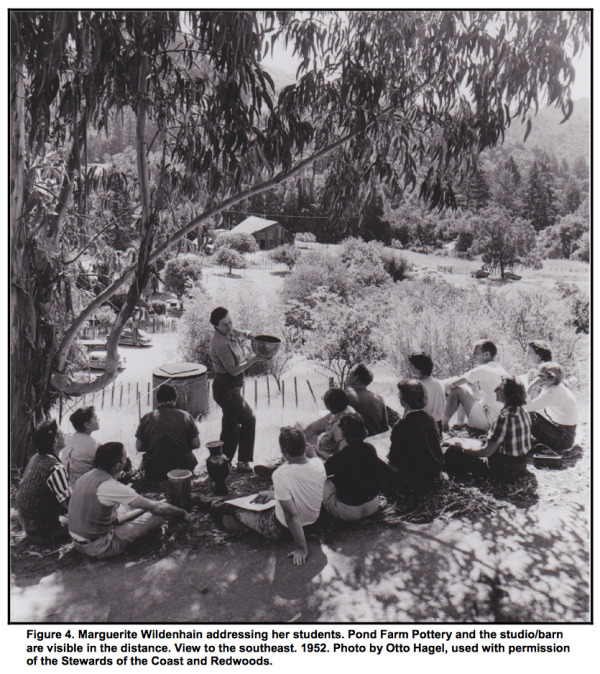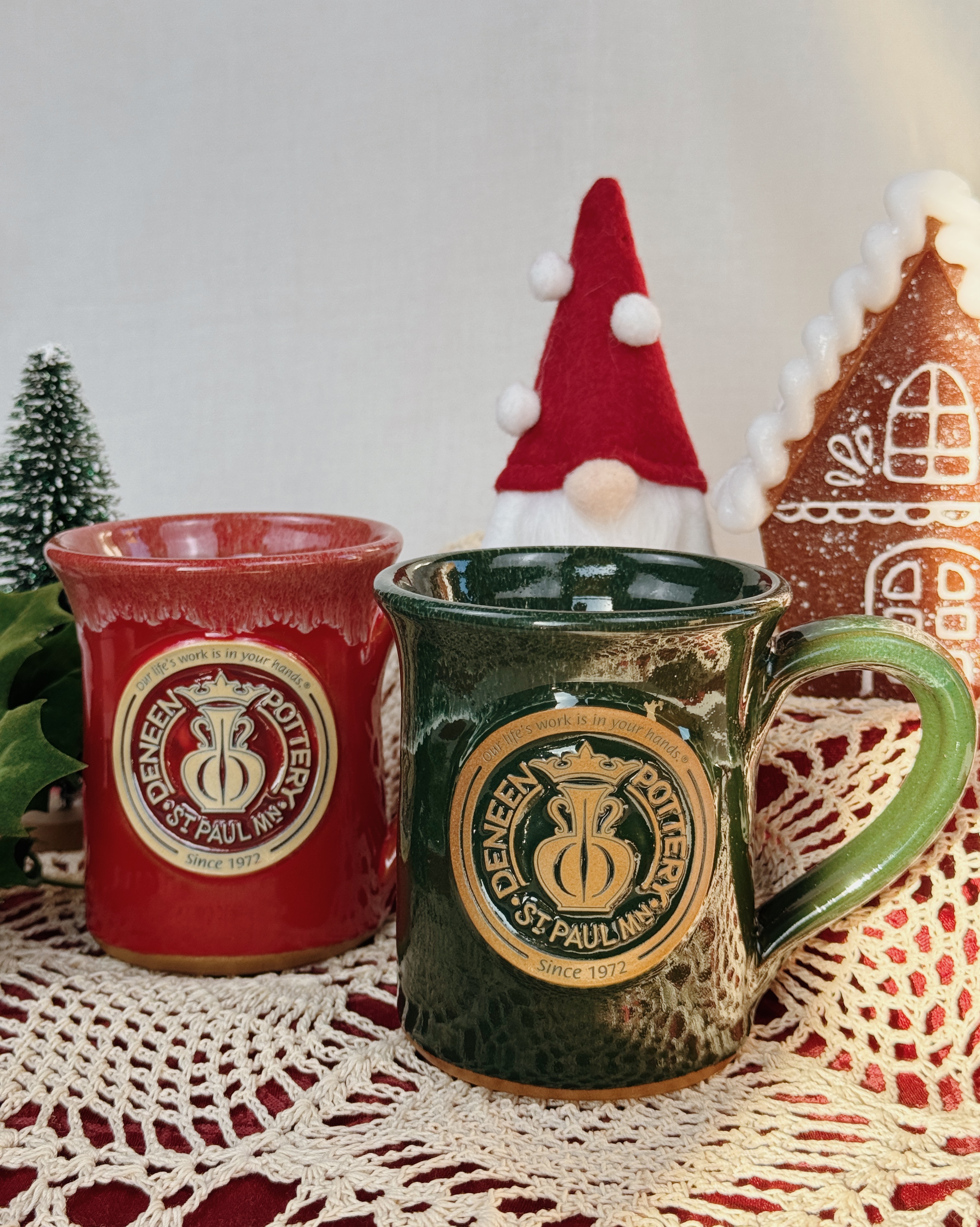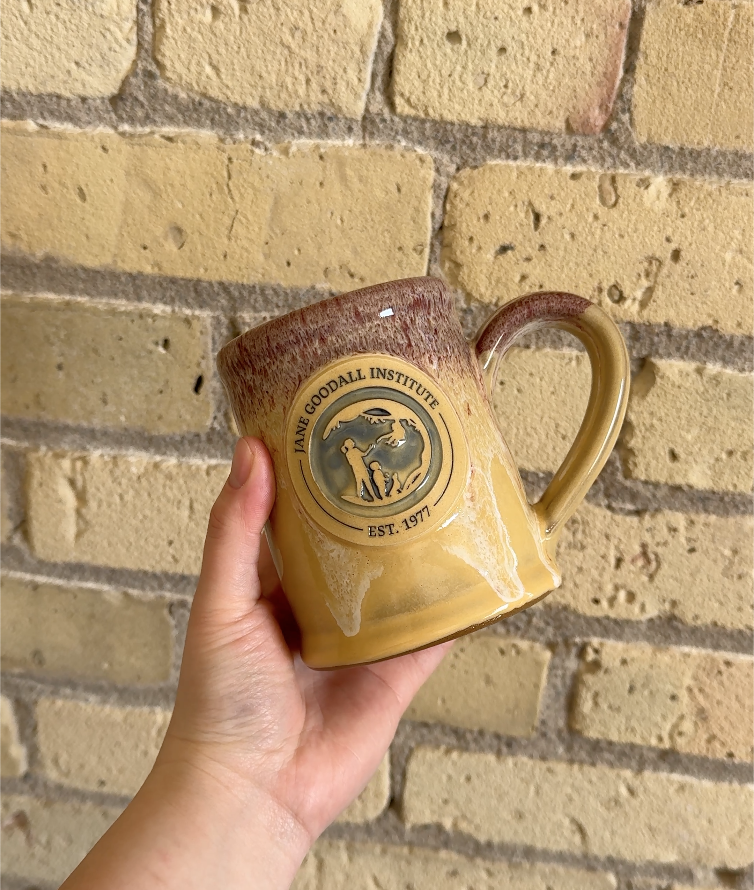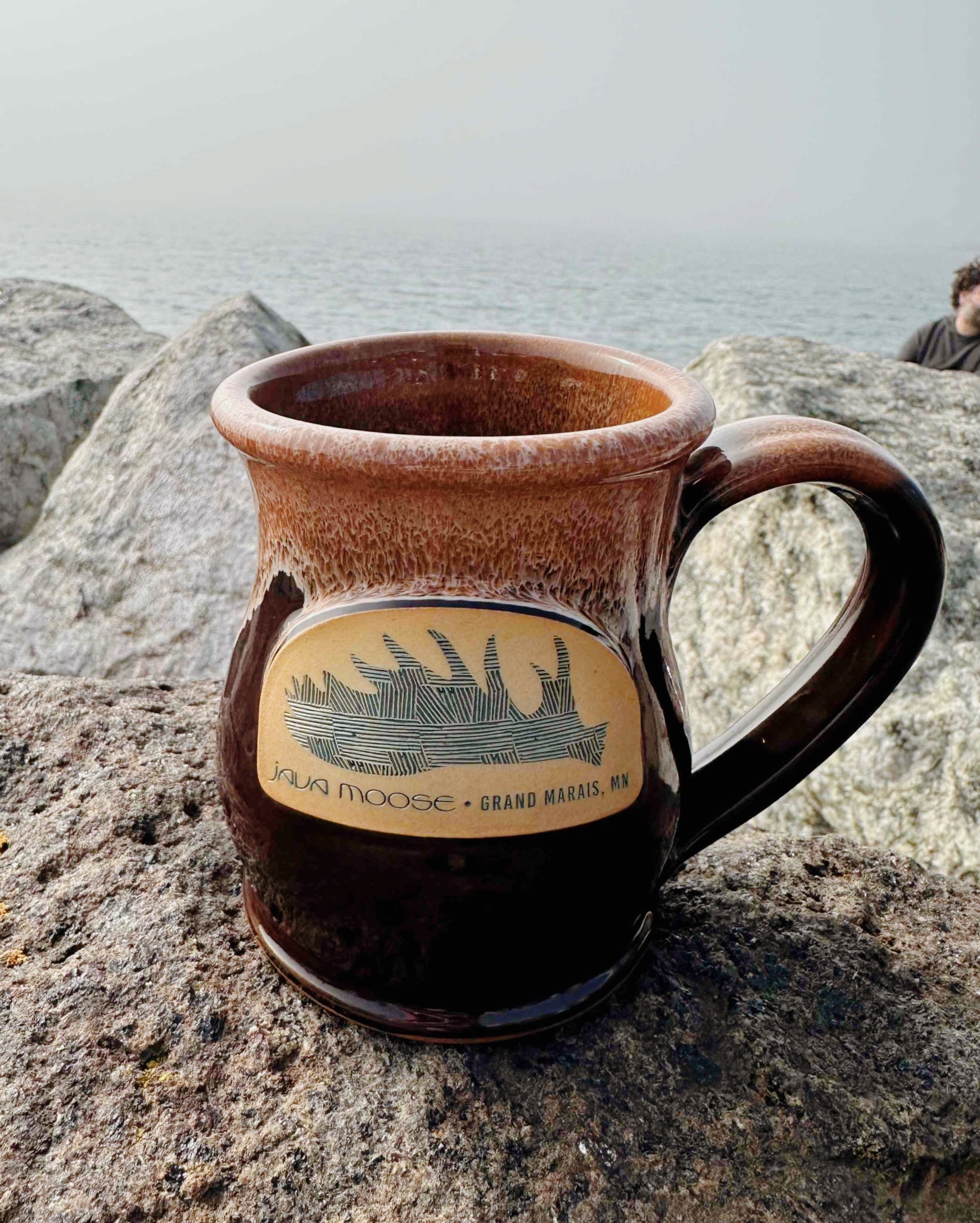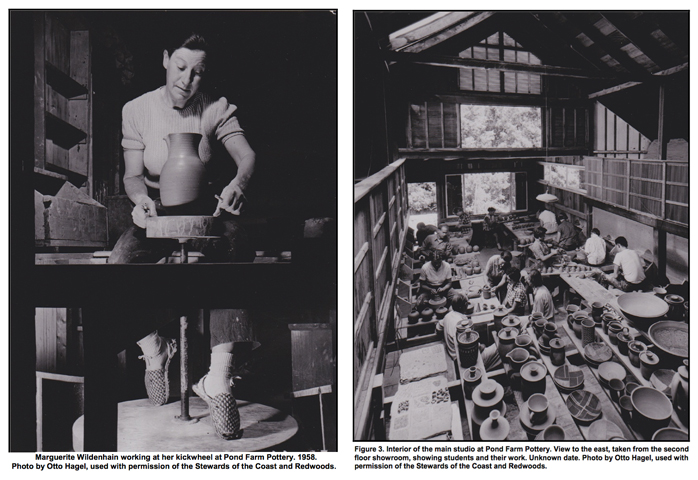
Lately, conversations of heritage and legacy have been swirling in the air – and while our daily focus is on the production of custom handmade mugs, it is the connection to our past that is inspiring us most of all. The abridged version of “Deneen Pottery History” is, on its surface, quite simple (see our history section on this site), but our actual timeline is incredibly long and has roots that are anchored in and extend to the Bauhaus-Pottery (1920-1926) in Duornburg, Germany. Since I’m just beginning to learn more about Bauhaus, I couldn’t wait to use our blog as a way to share this amazing connection.
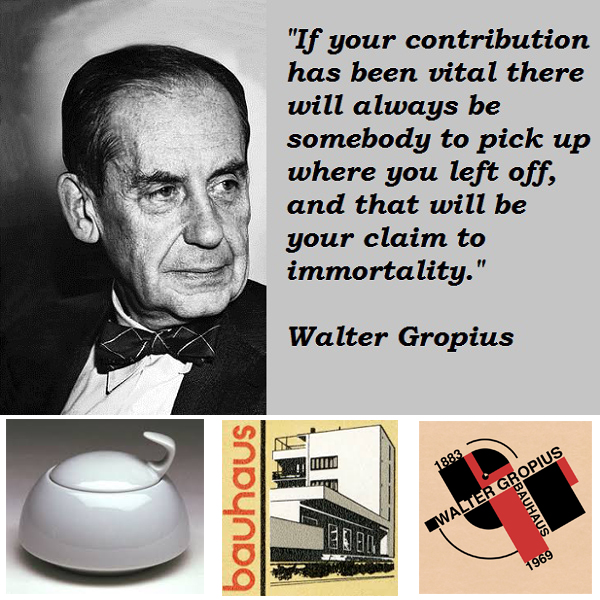
How do you become a Master Potter?
My dad, Peter Deneen, is a Master Potter. How did I think he became a Master Potter? Honestly, I thought that one could be considered a Master Potter after throwing a number of pieces, like 10,000, but that is not the case. To officially become a Master in a trade you must be deemed so by a current Master. Wikipedia has a great definition: “The system of apprenticeship first developed in the later Middle Ages and came to be supervised by craft guilds and town governments. A master craftsman was entitled to employ young people as an inexpensive form of labor in exchange for providing food, lodging, and formal training in the craft. Most apprentices were males, but female apprentices were found in crafts such as; seamstress, tailor, cordwainer, baker and stationer. Apprentices usually began at ten to fifteen years of age, and would live in the master craftsman’s household. Most apprentices aspired to becoming master craftsmen themselves on completion of their contract (usually a term of seven years), but some would spend time as a journeyman and a significant proportion would never acquire their own workshop.”
In addition to his education at Luther College and the University of Iowa, Peter was also trained by Master Potter Marguerite Wildenhain [1896-1985] at Pond Farm – her remote mountain-top home and studio near Guerneville, California. After six summer sessions (1969, 1970, 1973, 1975 and 1976) as a studio assistant to Marguerite, she gave the designation of Master Potter to Peter. Obviously, this was a huge deal for my dad and only through researching and writing this post does the enormity of his title and training begin to hit home for me.
The images of Pond Farm (and the busyness of the work of the potters) look exactly like the craftspeople we have currently assembled, all working on producing the best hand thrown coffee mugs. And f there is one thing that dad speaks the most about its QUALITY: learning how to see, understand, and produce the quality that is both functional and beautiful. These ideals are a direct connection to his training with Marguerite.
How did Marguerite become a Master Potter?
To answer this question we have to go to 1919, “when Walter Gropius founded the Bauhaus, Gerhard Marcks was one of the first three faculty members to be hired, along with Feininger and Johannes Itten. Specifically, Marcks was appointed the Formmeister (Form Master) of the school’s Pottery Workshop, which was located not in Weimar but in an annex to the school in nearby Dornburg. The other teacher in that workshop, its Lehrmeister (Crafts Master) was Master Potter Max Krehan, the last of a long line of potters, whose workshop was in Dornburg. Krehan taught the students to throw pots on the wheel, to trim and glaze them, and to fire the kiln. Marcks, in addition to duties in Weimar, taught the history of the practice, encouraged experimentation, and sometimes decorated pots.”
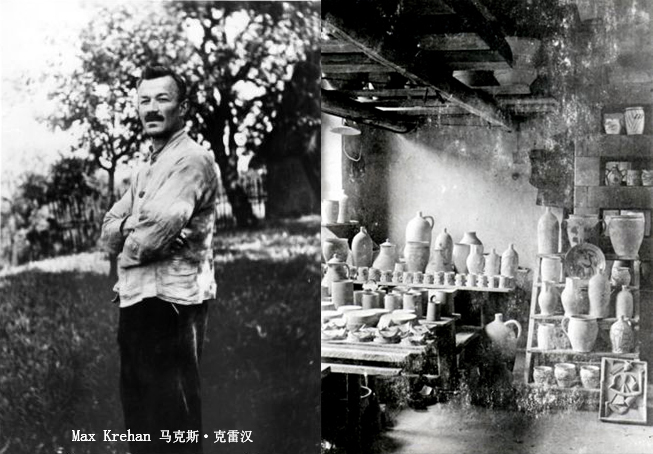
In 1921, Marguerite enrolled and began her education working alongside Marcks and Krehan. “Marguerite Wildenhain studied at the Weimar Bauhaus for about five years [1921-1926], in the process of which she worked closely with sculptor Gerhard Marcks (her Formmeister or Form Master) and potter Max Krehan (her Lehrmeister or Crafts Master). In 1926, she left the school with the designation of Master Potter, and moved to Halle, where she was appointed head of the ceramics workshop at the Burg Giebichenstein.”
In 1940, Marguerite ended up fleeing the Nazi advance and was allowed entry into the United States because of her Jewish heritage. Once in the US, she held a series of different teaching positions including, “Oakland School of Arts and Crafts, the Appalachian Institute of Arts and Crafts, and Black Mountain College,” before she settled permanently at Pond Farm in the late 1940s. A few years after this she started a summer school (with enrollment at about 20 students) per session, which my dad would attend many years later.
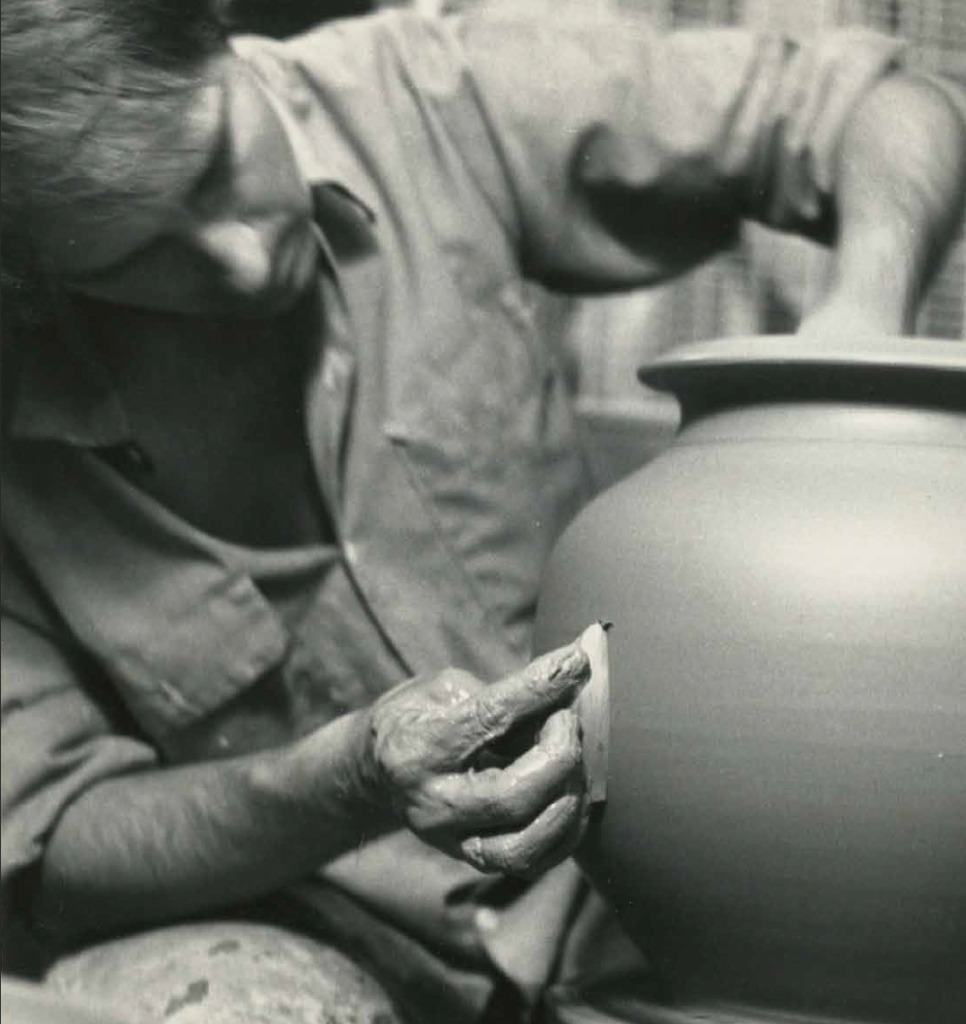
Seriously, I DO NOT understand how lucky my dad was to have found himself under the tutelage of such a distinctive Master Potter. Marguerite not only brought her background of Bauhaus education (a combination of design, industry, and applied arts) but also her truly unique life experiences. That this rich tapestry of history is now woven into my father’s hands and mind is unbelievable. It is with increased confidence and humility that I say our handmade mugs are absolutely of the best quality on the planet.
There’s so much more to this story! My next blog post will weave our past and present by learning about Marguerite’s teachers at Bauhaus.
Thanks for reading our blog.
Niles Deneen – CEO, Marketing


